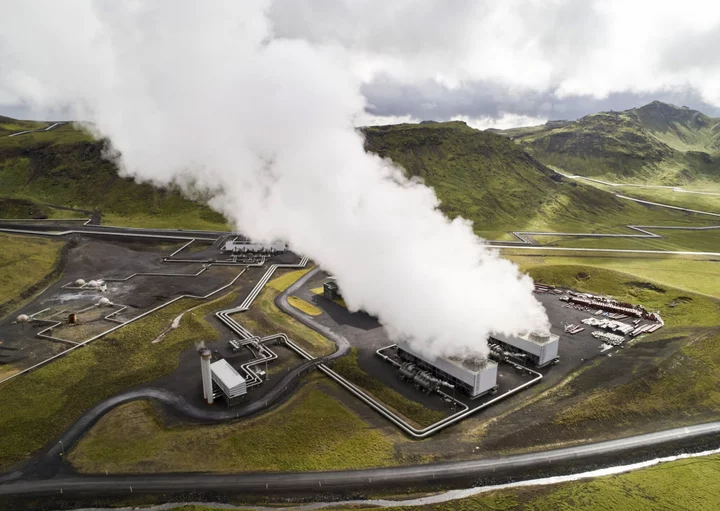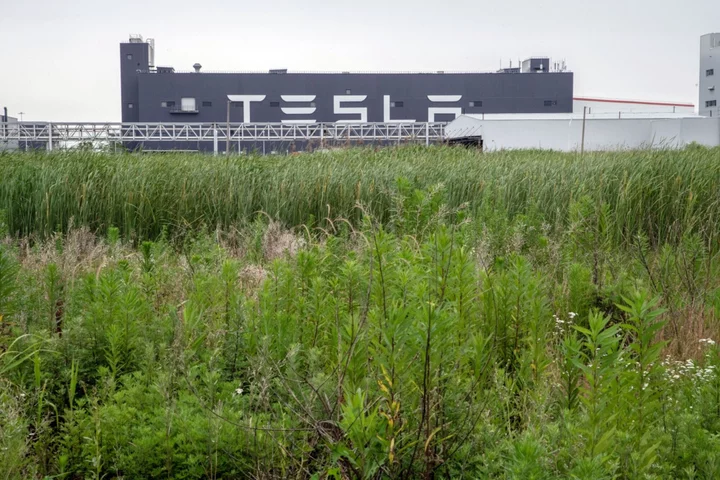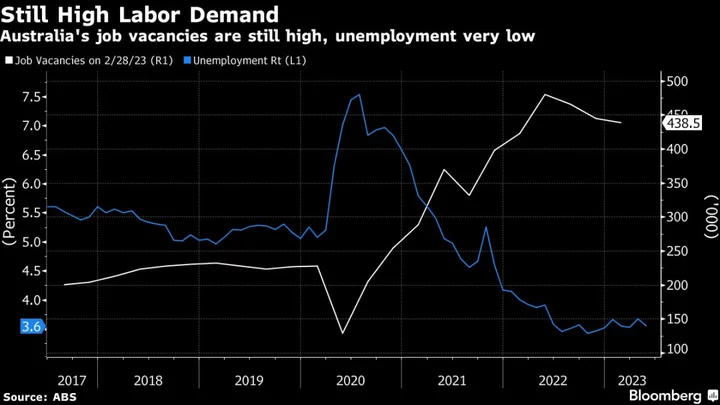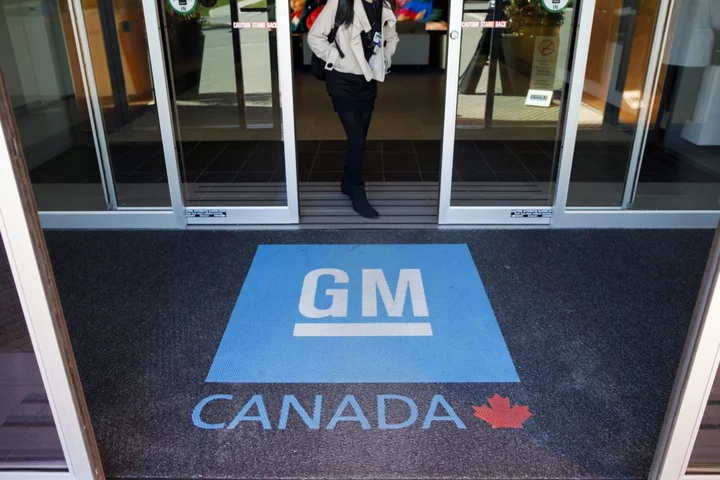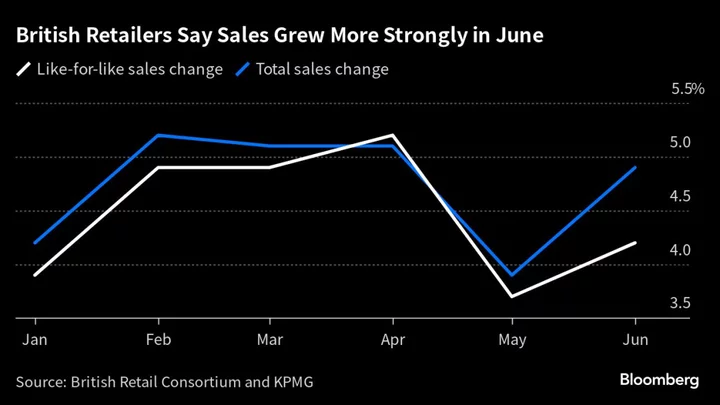If you want to understand the potential of direct air capture, or DAC, all you have to do is see its end product: solid rock. The world’s first plant to pull carbon dioxide from the air and turn it into stone has been operating in Iceland for nearly two years, and the fruits of its labor were on display last week at Climeworks’ DAC Summit.
Sitting under glass and beneath a spotlight, a nondescript-looking gray cylinder of rock roughly the size of a water bottle containing carbon the company’s technology had removed from the air using massive machines was the centerpiece of the summit held in Zurich. It’s a wonder that could someday be in a museum, among the first few tons of carbon mechanically taken out of the atmosphere in the fight against climate change.
There are now at least 18 direct air capture plants operating worldwide, according to the International Energy Agency, and more are coming online. That makes the rock on display at the summit a tiny piece of today’s $2 billion market for carbon removal, which includes everything from offsets to DAC. Depending on the rules that end up shaping the sector, direct air capture alone could be a nearly $1 trillion business in the next decade, according to projections from researchers at BloombergNEF.
Last week’s conference brought together startup founders, policymakers, investors and fossil fuel industry representatives at a sleek Swiss event space to talk all things direct air capture. It was like attending the world’s nerdiest Sweet 16 party, only for a crucial technology that’s almost-but-not-quite-yet on the edge of maturity.
“It feels almost a little celebratory,” said Erin Burns, executive director of Carbon180, an organization focused on carbon removal policy. “There are so many conversations for so long about, ‘Oh direct air capture is too expensive,’ and now we’re talking about how to scale direct air capture.”
Even if the concerns about high costs aren’t over, it’s still a remarkable moment in direct air capture’s history. The technology is leaving behind its training wheels and may be able to pass its driving test while remaining nowhere near ready to be an adult making meaningful contributions to cleaning up the atmosphere. The growing number of researchers, investors and policymakers willing to turn up at the party is a strong indicator, but there’s no guarantee direct air capture is ready for rapid growth.
Science has increasingly shown that to avert catastrophic levels of global warming, the world will need to cut carbon pollution dramatically while also developing the capacity to pull billions of tons of carbon dioxide — or gigatons — out of the atmosphere each year by 2050. Climeworks is the most advanced of the DAC hopefuls, and its vision is to become a megaton-scale company — that is, one capable of nabbing 1 million tons of CO2 — by the end of this decade.
The timing for getting this one up-and-coming company to a gigaton? Not until mid-century.
Right now, Climeworks is only able to snatch 4,000 tons of CO2 from the air in a year, roughly the equivalent of three seconds of humanity’s annual emissions. A few miles from the conference center, though, upgraded technology is being tested in a courtyard outside the company’s facilities. It will be deployed in the next plant, designed to capture 36,000 tons annually. These are the small steps that precede — maybe, if all goes well — getting to gigaton scale.
The DAC Summit highlighted some of the outside forces that could help the technology grow up fast. There are major corporate investments, such as the multiple multi-million dollar deals to buy carbon removal services using direct air capture. There are potentially billions of dollars in US government incentives in the Inflation Reduction Act, in addition to $3.5 billion in funding for so-called DAC hubs where fledging startups can run experiments and try to scale their technology.
Those were the gifts at the Sweet 16 party. But even the most festive attendees acknowledged what everyone knows about teenagers like direct air capture: there’s just no way to guarantee they become functional members of society.
“On the one hand, the technical feasibility of DAC at scale is becoming clearer,” said James Mwangi, founder and chief executive officer of Africa Climate Ventures, a fund that supports climate tech on the continent. “At the same time, some of the ‘wow, market realism’ is starting to come in. The initial market resources, and the sugar high they’ve created, will wear off sooner rather than later.”
The most common wishlist item among attendees at the summit was for government support that goes beyond R&D and tax incentives. That might include buying removal services directly as a way to bring costs down, given the ability of governments to mobilize billions of dollars that far exceed the scope of even the largest of corporate commitments. It seems like a longshot at the moment.
The current state of the industry could leave the cost of capturing carbon from the air out of reach for most buyers. The Holy Grail for carbon removal to be economically feasible is getting prices down to around $100 per ton. That’s far from current removal costs starting at hundreds of dollars and exceeding $1,000 per ton in some cases.
There was a quiet undercurrent of realism at the DAC Summit that the technology could very well fail to reach the $100 mark in the next three decades. Climeworks co-founder and co-CEO Jan Wurzbacher told the crowd his company could see its prices remain as high as $300 by 2050. In a world requiring gigaton-scale removal, that’s a difference of hundreds of billions of dollars.
In another hallmark of teen troubles, there was fear at the summit that direct air capture could fall in with the wrong crowd or end up noisily aggravating its neighbors. For many attendees, the wrong crowd would be the fossil fuel industry, whose interest in the technology could conceivably be used as cover for continuing to burn oil and gas. Societal acceptance of loud machines potentially connected to vast networks of pipelines moving CO2 around is also a very open question.
At direct air capture’s coming out party, it was clear those looking to support the technology’s transition to adulthood are already grappling with the danger that it could end up being a slacker sitting on its parents’ couch with a bag of Cheetos and an Xbox. For all the optimism about it being a necessary tool to reach net zero, direct air capture’s story has yet to be written.
“When you’re early on in [developing] a technology, it’s more of a theory of what it could be,” said Rich Lesser, global chairman of Boston Consulting Group, which has committed to purchasing at least 100,000 tons of carbon removal services by 2030. “When you get a little bit of momentum, it’s about the stories of what is and why we believe it can go even further.”

